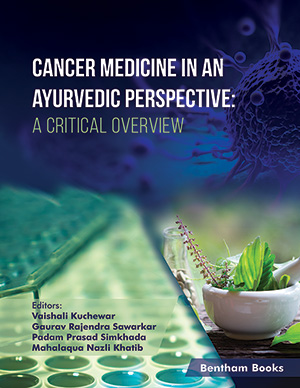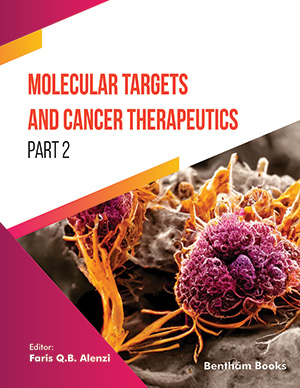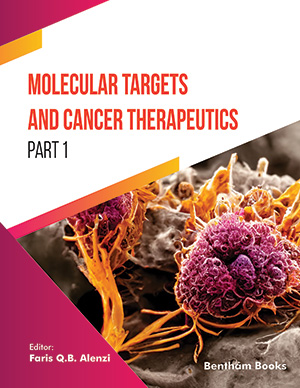Abstract
Thyroid cancer is the fifth most prevalent cancer in women and the fastest-growing malignancy. Although surgery is still the basis of treatment, internal radiation therapy (Brachytherapy) with radioactive iodine-131, which functions by releasing beta particles with low tissue penetration and causing DNA damage, is also a potential option. The three basic aims of RAI therapy in well-differentiated thyroid tumors are ablation of the remnant, adjuvant therapy, and disease management. Radioactive iodine dose is selected in one of two ways, empiric and dosimetric, which relies on numerous criteria. The dosage for ablation is 30-100 mCi, 30-150 mCi for adjuvant therapy, and 100-200 mCi for treatment. The RAI treatment effectively aids in the treatment to achieve complete removal of the disease and increase survival. The present review intends to emphasize the significance of radioactive iodine in the management of differentiated thyroid cancer and put forward the current breakthroughs in therapy.
Keywords: Radioactive iodine, 131-I, thyroid cancer, brachytherapy, ablation, adjuvant therapy.
[http://dx.doi.org/10.3390/diagnostics12071763] [PMID: 35885666]
[http://dx.doi.org/10.1200/JCO.22.00013] [PMID: 35298297]
[http://dx.doi.org/10.7555/JBR.29.20140069] [PMID: 26445567]
[http://dx.doi.org/10.1038/s41574-022-00709-z] [PMID: 35725924]
[http://dx.doi.org/10.3389/fendo.2022.960682] [PMID: 36034423]
[http://dx.doi.org/10.1016/j.ecl.2018.11.005] [PMID: 30717901]
[http://dx.doi.org/10.1146/annurev-physiol-022516-034125] [PMID: 28192058]
[http://dx.doi.org/10.1089/thy.1999.9.721] [PMID: 10447020]
[http://dx.doi.org/10.3389/fendo.2020.00102] [PMID: 32231639]
[http://dx.doi.org/10.1007/s12094-021-02655-0] [PMID: 34100218]
[PMID: 31621921]
[http://dx.doi.org/10.1089/thy.2018.0597] [PMID: 30900516]
[http://dx.doi.org/10.1089/thy.2015.0020] [PMID: 26462967]
[http://dx.doi.org/10.3390/cancers12113212] [PMID: 33142750]
[PMID: 15653649]
[http://dx.doi.org/10.5812/ijpr-123825] [PMID: 36060901]
[http://dx.doi.org/10.3389/fphar.2022.791710] [PMID: 36249761]
[http://dx.doi.org/10.1530/EJE-12-0954] [PMID: 23594687]
[http://dx.doi.org/10.2478/intox-2013-0013] [PMID: 24179432]
[http://dx.doi.org/10.1093/carcin/21.3.397] [PMID: 10688860]
[http://dx.doi.org/10.1016/j.beem.2022.101703] [PMID: 36151009]
[http://dx.doi.org/10.1016/j.oraloncology.2022.106016] [PMID: 35810564]
[http://dx.doi.org/10.6004/jnccn.2022.0040] [PMID: 35948029]
[http://dx.doi.org/10.1530/ETJ-22-0163] [PMID: 36215117]
[http://dx.doi.org/10.1016/j.ijporl.2022.111411] [PMID: 36565549]
[http://dx.doi.org/10.1007/s002590000420] [PMID: 11303891]
[http://dx.doi.org/10.1007/s00259-003-1174-5] [PMID: 12734689]
[http://dx.doi.org/10.1210/jc.2005-2838] [PMID: 16684830]
[http://dx.doi.org/10.1056/NEJMoa1109589] [PMID: 22551128]
[http://dx.doi.org/10.1210/jc.2014-1631] [PMID: 25259907]
[http://dx.doi.org/10.1016/S2213-8587(18)30113-X] [PMID: 29807824]
[http://dx.doi.org/10.1007/s13139-018-0522-0] [PMID: 30100937]
[http://dx.doi.org/10.1097/MNM.0000000000000804] [PMID: 29381585]
[http://dx.doi.org/10.1089/thy.2012.0380] [PMID: 23134514]
[http://dx.doi.org/10.1089/105072501300176435] [PMID: 11396706]
[http://dx.doi.org/10.1007/s00259-008-0883-1] [PMID: 18670773]



























